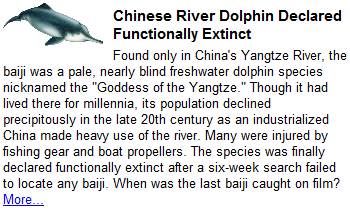GUWAHATI, Nov 28 – Mega dams in the NE region are possible.
Technology these days has advanced so much that there can't be any
reason as to why apprehensions should be there on such dams in any
part of the earth. This answer came from renowned earthquake engineer
of the country Prof DK Paul, president of the Indian Society of
Earthquake Technology (ISET), to a question on the issue following an
expert lecture organised by the Guwahati chapter of the ISET here last
evening. Prof Paul delivered the lecture on 'Retrofitting the
Buildings Vulnerable to Earthquakes'.
Explaining his point on the mega dams, Prof Paul said, big investments
would give big returns. Dams are built in high-seismic zones nowadays.
What is important in this case is that such structures should be
designed and executed properly, he said.
Prof Paul is also the chairman of the Working Committee of Experts for
Vulnerability Analysis and Risk Management of the National Disaster
Management Authority (NDMA).
He said in reply to another question, that high-rise buildings are
possible even in high-seismic areas like Guwahati or Assam. From the
earthquake point of view, height of the buildings is not a problem.
Japan and Taiwan, for instance, have high-rise buildings.
There should not be any inhibition on high-rise structures. Technology
has so advanced today that such structures are possible everywhere, he
maintained.
On the issue of seismic surveys proposed and carried out respectively
by the Oil India Ltd and the ONGCL respectively on the bed of the
Brahmaputra and near the archaeologically important monuments, he said
that any study for better understanding of the condition should be
allowed.
In reply to a question on the non-inclusion of the suggestions of
experts engaged in the preparation of the seismic micro-zonation
report for Guwahati, in the city master plan prepared by the Guwahati
Metropolitan Development Authority (GMDA), he said that unless an
expert committee was constituted, such recommendations could not be
implemented. He admitted that there was a big gap in executing the
recommendations and making the recommendations. This should be
removed, he said.
It needs mention here that Prof Paul, the present Head of the Centre
of Excellence in Disaster Mitigation and Management, IIT, Roorkee,
also headed the expert group that prepared the micro-zonation report
for Guwahati, as its chairman.
On the issue of earthquake prediction, Prof Paul said that he did not
believe in such predictions. "Whether you predict or fail to predict
an earthquake, you will have to live in the same house in which you
are living with your family.
"Therefore, the point is to make the structure of your house safe, so
that you can live in it safely. Prediction of an earthquake is not a
solution to your problem," Prof Paul said assertively. The questions
were asked during the interactive session that followed the lecture.
Prof Paul, while delivering his lecture, praised the building
structures of Assam, saying that buildings here are mostly constructed
adhering to the safety standards, compared to the buildings in other
parts of the country.
Senior engineers like Indrajit Barua, present in the function,
supported the views expressed by Prof Paul on the above issues.
Prof Swami Saran, Prof Emeritus of the Department of Earthquake
Engineering, IIT, Roorkee also addressed the function. Guwahati ISET
chairman Prof G Sarma, its General Secretary J N Khataniar and Dr
Biswajit Sarma also addressed the gathering.
The function was also attended, among others, by Dr Utsav Kalita,
former Professor of IIT, Guwahati, Dr S K Deb, Head of the Department
of Civil Engineering, IIT, Guwahati and Prof Dulal Goswami of Gauhati
University.
The ISET, Guwahati chapter was set up in 2001 with the aim to provide
a common platform to engineers working in various fields and to make
the people aware of the technological advancements made in dealing
with earthquakes.(AT)


No comments:
Post a Comment